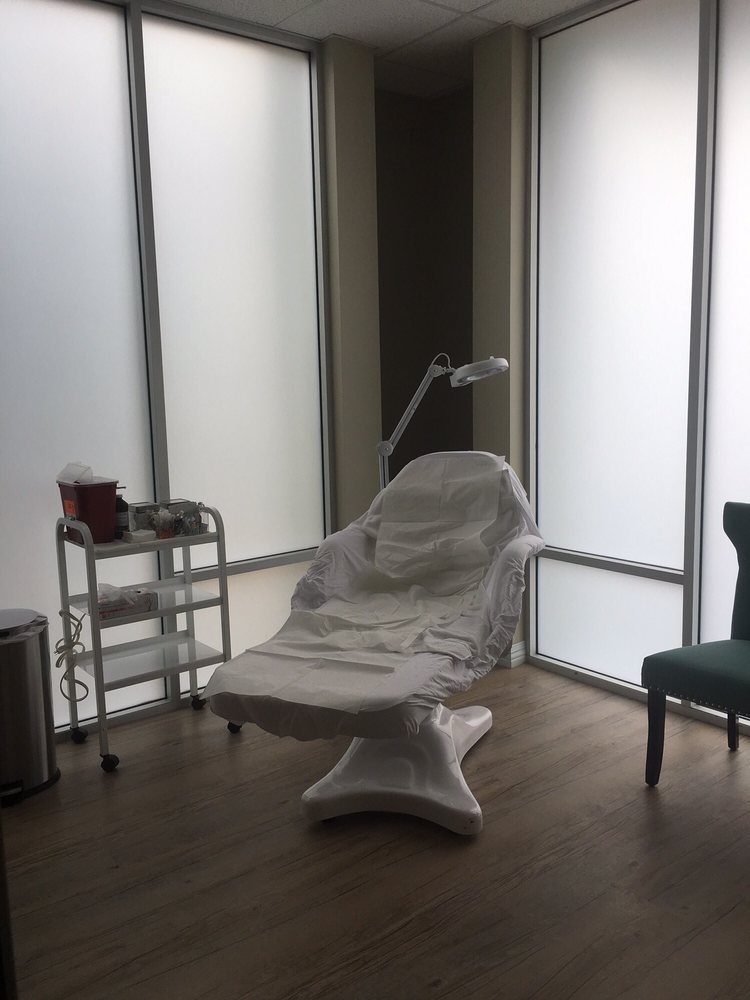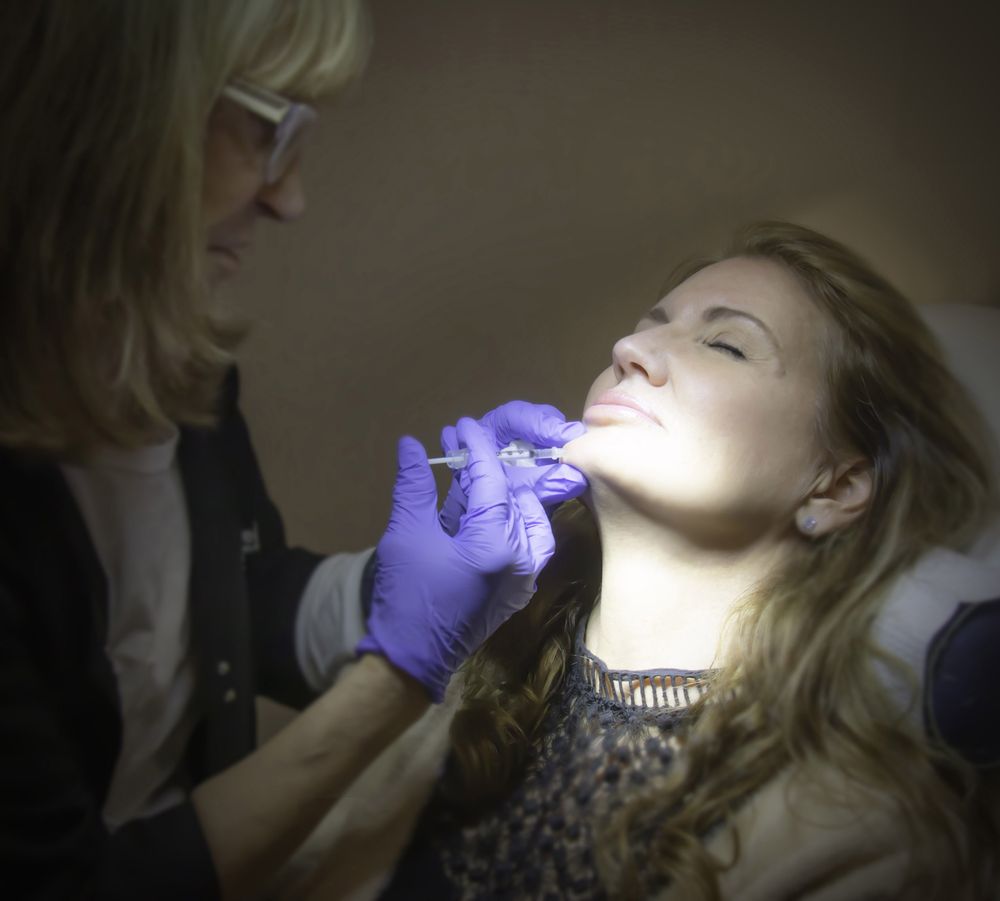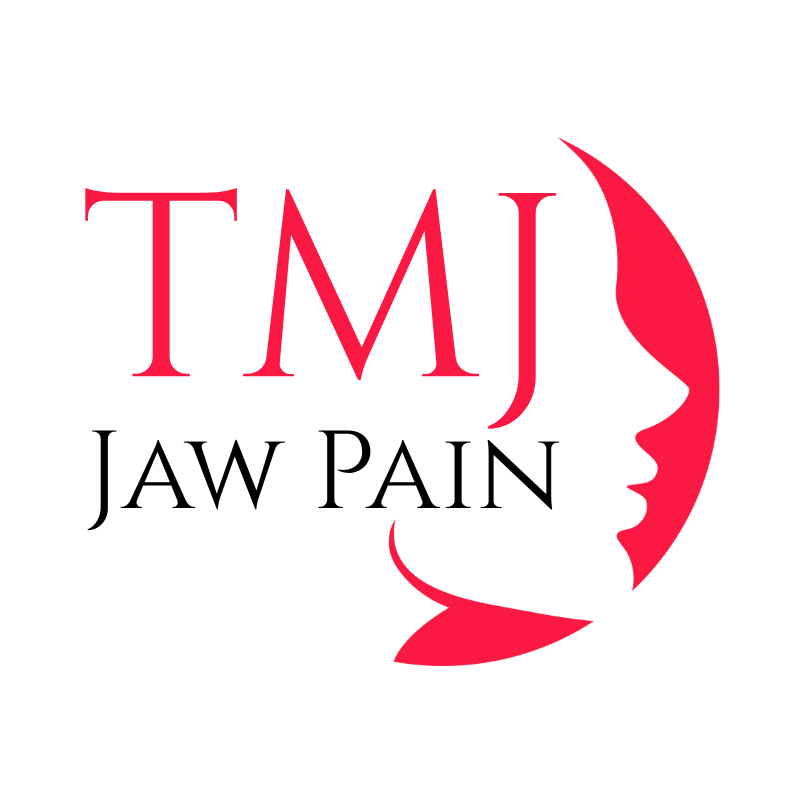Physical Therapy & Exercises for TMJ Pain: Restore Comfort & Function
Empower your jaw with targeted exercises and myofascial release techniques designed to reduce muscle tension, improve range of motion, and complement treatments like Botox or night guards—so you can speak, chew, and smile without pain.

Why Physical Therapy & Exercises Matter
- Active Rehabilitation: Strengthens supportive jaw and neck muscles to stabilize your TMJ.
- Pain Reduction: Gentle stretches ease muscle tightness and interrupt the pain–tension cycle.
- Long-Term Relief: Builds resilience against flare-ups, reducing reliance on passive treatments alone.
Core Techniques We Recommend
| Technique |
What It Does | When to Use |
|---|---|---|
| Jaw Stretching Exercises | Gently increases opening range and reduces stiffness. | Daily, especially after periods of clenching. |
| Myofascial Release | Hands-on or self-massage breaks up trigger points in masseter & temporalis muscles. | 2–3 times a week, or as soreness occurs. |
| Postural Correction | Aligns neck, shoulders, and head to relieve undue TMJ stress. | With every stretch session. |
| Neuromuscular Re-education | Teaches proper jaw movement patterns to prevent maladaptive habits. | Under guided PT supervision. |
Sample Jaw Stretch & Release Routine

- Chin Tucks (Neck Alignment):
- Sit tall, tuck chin gently toward chest.
- Hold 5 seconds, release. Repeat 10×.
- Resisted Mouth Opening:
- Place thumb under chin; open mouth slowly against light resistance.
- Hold 5 seconds, repeat 8–10×.
- Masseter Myofascial Release:
- Use your fingertips to press and roll along the jawline, from ear to chin.
- Spend 1 minute per side.
- Side-to-Side Jaw Mobility:
- Open mouth slightly, glide jaw right—hold 5 seconds; glide left—hold 5 seconds.
- Repeat 8×.
What to Expect with PT & Exercises
- Initial Assessment: Your therapist evaluates posture, bite alignment, and trigger points.
- Personalized Plan: Tailored exercises, manual therapy, and home-exercise protocols.
- Progress Tracking: Weekly check-ins to adjust intensity and add new techniques.
- Duration: Many patients notice reduced tension in 2–4 weeks; optimal results in 8–12 sessions.
Who Should Try Physical Therapy & Exercises?
- Patients with mild-to-moderate TMJ pain seeking non-invasive relief.
- Those wanting to complement Botox, splints, or oral appliances for layered care.
- Anyone aiming to correct posture and prevent future TMJ flare-ups.
Combine Therapies for Maximum Impact
Physical therapy pairs seamlessly with:
- Botox for TMJ—to relax overactive muscles.
- Occlusal Splints & Night Guards—to protect teeth while you re-train muscles.
Oral Appliances & Medications—for comprehensive pain management.

Ready to Start Your Recovery?
- Download Our Free Exercise Guide for step-by-step illustrations and video links.
- Search Certified TMJ Therapists in your area by ZIP code.
- Book a Consultation—and take the first active step toward lasting jaw comfort.
TMJJawPain.com • Your partner in active TMJ rehabilitation—and a pain-free jaw.
